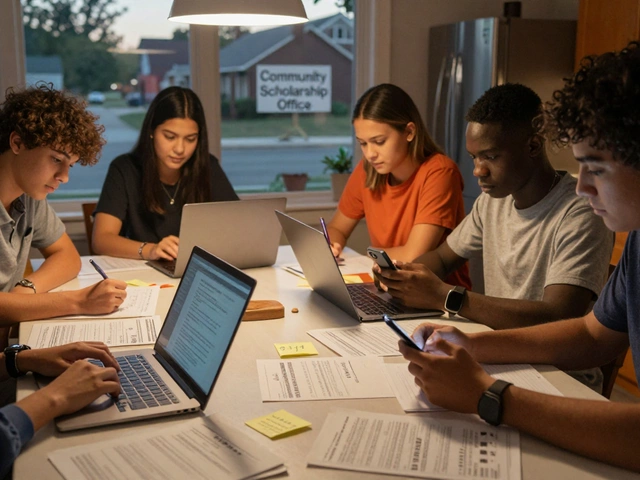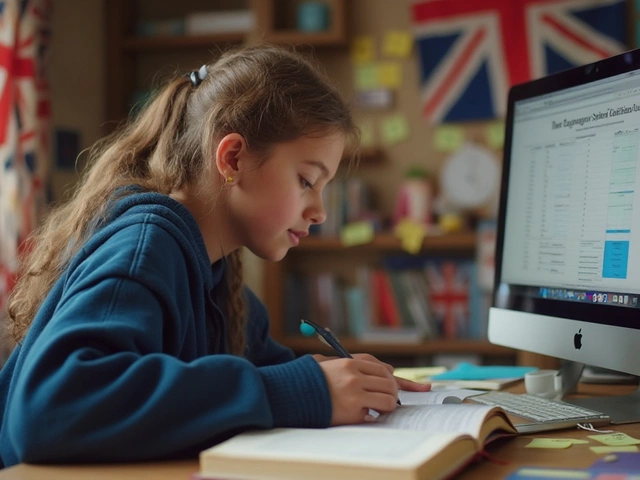Learning Foundation – How to Give Every Student a Solid Start
When kids or adults walk into a classroom, the biggest thing they need isn’t fancy tech – it’s a clear, solid base of knowledge and habits. Think of it like building a house: if the floor isn’t level, the walls wobble. The same goes for learning. A strong learning foundation makes future lessons click faster, reduces frustration, and builds confidence.
Most of us have seen the panic when a new topic feels like a wall of unknown words. That reaction is usually a sign that the basics are missing. By fixing those gaps early, you save time later and keep motivation high. Below are practical ways teachers, parents, and even self‑learners can set up that sturdy floor.
Why a Strong Learning Foundation Matters
First, a good foundation helps with memory. When core ideas are clear, new information finds a place to attach, like adding a new shelf to an already built bookshelf. Second, it improves problem‑solving. Students who grasp foundational concepts can remix them in fresh situations, which is the real skill employers look for.
Third, confidence grows. Knowing you’ve nailed the basics stops the “I’m not good at this” voice that many learners hear. Finally, a solid base reduces gaps that can turn into bigger learning challenges later on, especially for students with special needs or adult learners returning after a break.
Practical Steps to Build a Learning Foundation
1. Identify Core Concepts. List the handful of ideas that every later topic depends on. For a math class, it might be place value, basic operations, and fractions. For an adult learning a new software, it could be file navigation and basic commands. Keep the list short – three to five pillars are ideal.
2. Use Simple Language. Explain each pillar in plain words. Avoid jargon unless you define it right away. A student who understands “multiplication means adding the same number many times” will keep that idea longer than one who hears just “multiply”.
3. Offer Multiple Practice Modes. Combine short quizzes, real‑world examples, and quick games. A parent can ask a child to count items while cooking, a teacher can use flashcards, and an adult can practice by creating a simple spreadsheet.
4. Build Routine. Spend a few minutes each week reviewing the pillars. Consistency trains the brain to keep those concepts active. Even a 5‑minute recap at the start of class works wonders.
5. Check Understanding Early. Use quick, low‑stakes checks like “show me a way to solve this” or “explain it in your own words”. Spotting confusion early means you can reteach before the next topic arrives.
6. Connect to Real Life. Show how the basics matter outside the classroom. For instance, explain how budgeting uses arithmetic or how reading body language improves communication at work. Real connections turn abstract ideas into useful tools.
7. Support Special Needs. Some learners need extra visual cues, step‑by‑step guides, or hands‑on activities. Tailor the foundation drills to those needs – it prevents frustration and keeps progress steady.
Putting these steps into practice doesn’t require a big budget or a lot of time. Start with one pillar per week, use everyday moments as practice, and keep feedback loops tight. Over a few months you’ll notice smoother learning curves, higher engagement, and fewer “I don’t get it” moments.
Remember, the goal isn’t to rush through content but to lay a floor that can hold future knowledge without cracking. Whether you’re teaching a class, helping your child with homework, or brushing up on a skill yourself, focus on those core ideas, keep it simple, and repeat often. The results will speak for themselves – stronger confidence, better grades, and a love for learning that lasts.






